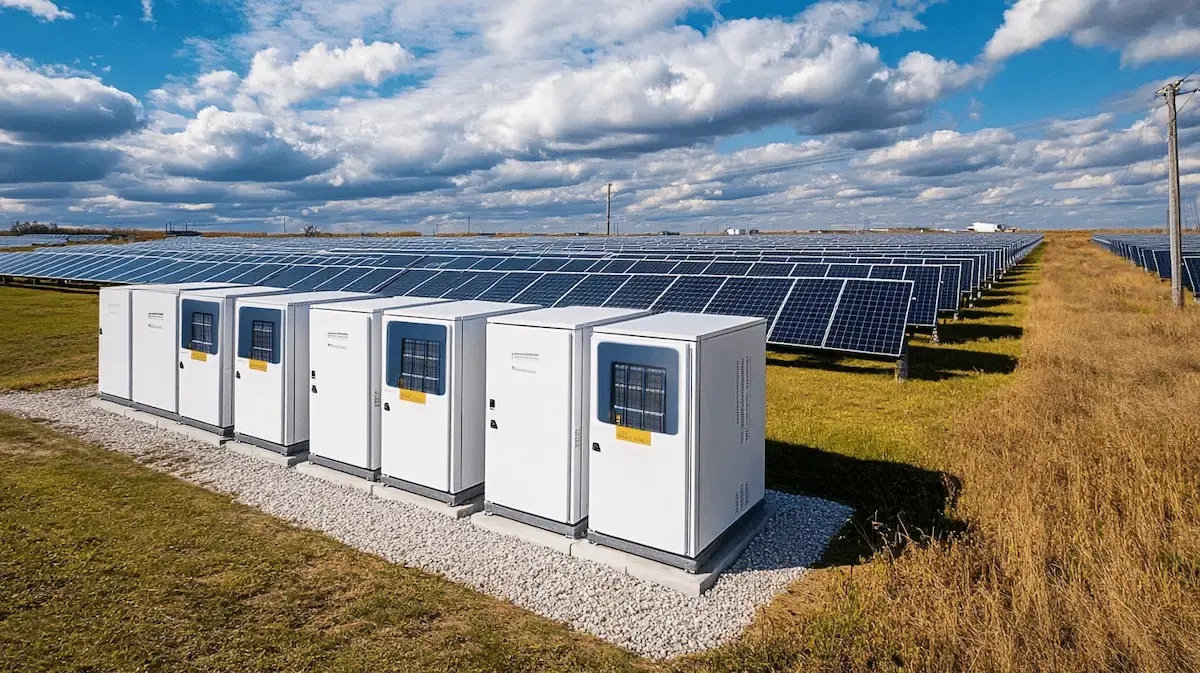The California Lesson: How Crisis Triggered a Revolution
In August 2020, California experienced massive power outages — the first in two decades. The overloaded grid failed under extreme heat, leaving hundreds of thousands of households without electricity. That event became a turning point, launching an energy transformation in the state. In less than five years, the capacity of energy storage systems has tripled — reaching 13 GW, with an additional 8.6 GW expected by 2027. Today, hundreds of battery stations store surplus solar energy during the day and release it in the evening, ensuring grid stability and reducing gas dependency.
Global Impact: Megabatteries as the Foundation of a New Energy Era
California’s example sparked a global wave. According to
BloombergNEF, global energy storage capacity is expected to grow by 67% in 2025 and increase tenfold by 2035. The U.S. and China currently account for 70% of the market, but other countries — including Australia, the United Kingdom, Saudi Arabia, and Chile — are rapidly joining the trend. Analysts call this the “second green revolution”: humanity no longer extracts energy — it
harvests and stores it, much like grain once stored in granaries. As a result, batteries are becoming not just a technology, but a structural element of the energy systems of the future — integrating solar, wind, and consumption into one flexible architecture.
Technological Breakthrough: Energy in a Container
The cost of lithium-ion systems has fallen by 90% since 2010, while their energy density has doubled. Where a single container once provided 3–4 MWh, it now delivers 6–10 MWh. Companies like
Tesla,
BYD, and others are competing in scale — new gigawatt-level parks are being built within weeks. Today, 42 storage sites worldwide exceed 1 GWh in capacity, with hundreds more under development.
China and the U.S.: Two Models of the Same Breakthrough
China remains the key driver, producing over 75% of the world’s batteries. Its domestic market is growing by 90% annually and is projected to reach 652 GWh by 2030. In the U.S., despite political shifts, battery adoption is expanding through flexibility markets — buying cheap electricity during the day and selling it during peak hours has become a new business model. Meanwhile, Europe is seeing rising demand for batteries to balance negative prices — especially in Spain and Germany.
Megabatteries are more than just a new component of the power system — they are a bridge connecting renewables, flexibility, and energy security. For Ukraine, this global experience serves as a strategic roadmap. Post-war reconstruction provides an opportunity to build a decentralized new-generation energy model, where storage systems guarantee stability and resilience even under attack.
For
Global 100 RE Ukraine, megabatteries symbolize the shift from reaction to systemic transformation. Just as wind turbines and solar panels once redefined generation, energy storage now defines a new era of distributed, flexible, and resilient energy — one in which Ukraine can become an active part of the global innovation network.

